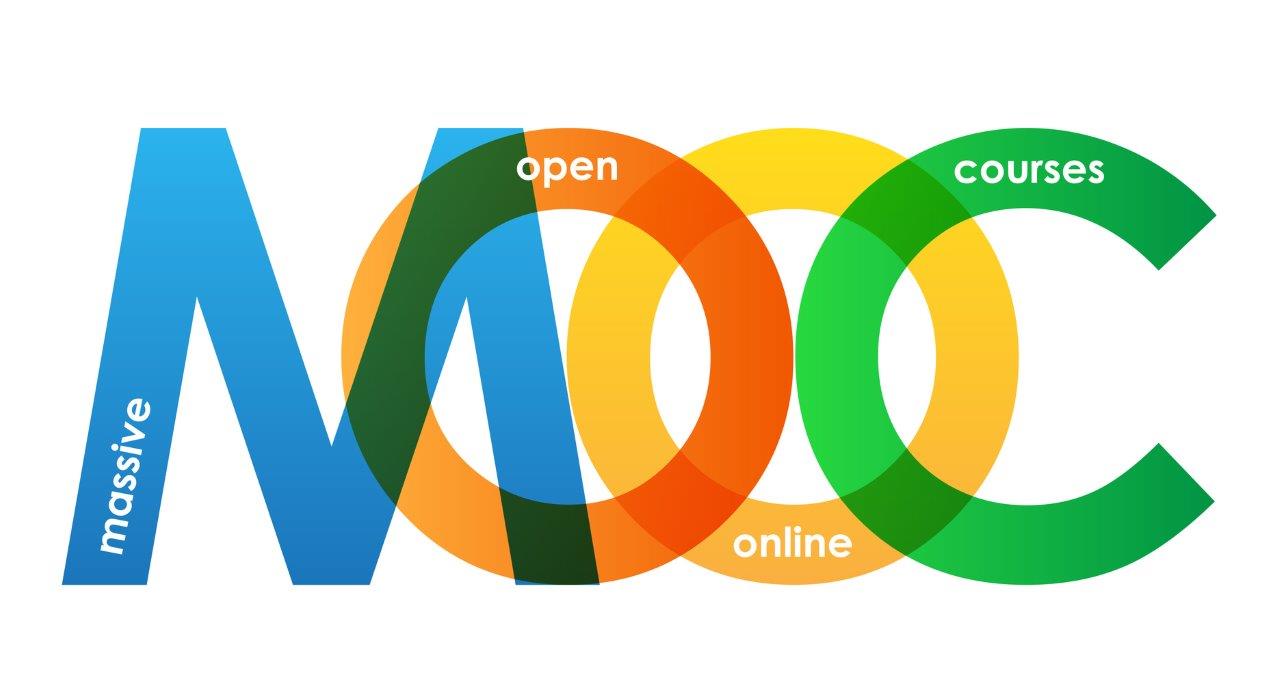In this article, I will provide some food for thought around how employers can benefit in 3 ways from Massive Open Online Courses (MOOC).
Firstly though, what are MOOC? The University of Zurich1 uses the following definition:
“MOOCs are freely accessible online courses created and supervised by a wide range of universities around the world, with large numbers of participants. No degrees, certificates or other formal requirements are necessary to register.”
As they go on to explain, teaching is mainly video-based: “MOOCs are video-based and are supplemented by scripts, interactive learning material, exercises, tests and discussion forums. During the MOOC course, participants complete the lessons at their own learning speed, at times of their own choosing, and in interaction with other students, instructors and mentors.”
Universities and other course content creators do not manage the distribution of the courses themselves. You can take the courses through platforms such as Coursera, FutureLearn or edX, with or without certificate. The certificates are not hugely expensive – they usually cost less than 100$. For a company this does not represent a huge amount and you could offer to cover this cost for (selected) employees. You could even allow employees to allocate 2-3 hours of their workweek to studying for the course.
Three main reasons come to mind as to why it is worth considering this.
Talent retention
Offering to cover the cost of an online certification of around 100$ is peanuts compared to a lot of offline courses, conferences or workshops. Nonetheless, your employees will appreciate the gesture, especially when allowing them to study partially during work hours. This shows them you are serious about their continued development and take an interest in them advancing their knowledge.
Obviously, you can impose certain requirements such as courses needing to be on business related topics. Paying for an accountant to take a course in theology would most likely not make the list. On the other hand, one could argue that engaging the brain in any way is a worthwhile investment for your employees’ health and you should remain open to all ideas.
Talent development
If you help your employees with the choice of courses or impose certain course requirements, you can steer which knowledge they pursue and align it with the company’s development needs. Is there a gap in knowledge about agile thinking for example, data analysis, employee retention measures, etc.? For first insights into such topics, MOOC seem particularly well suited. They do not compare to an academic degree in a specific area, but as many courses are offered through universities and business schools, there is a solid academic foundation nonetheless. However, as no prior qualifications are required, any employee can register for a MOOC.
You can also integrate the concept into IDPs (individual development plans), either in relation to or separated from performance reviews. In any case, knowledge gaps or development needs can be addressed individually for employees, without the need to create a costly overarching program. This approach could be particularly suited to start-ups or SMEs.
Talent pipelining / succession planning
Retaining and developing your staff, means you are automatically building your talent pipeline. Keeping track of who studied what, in addition to employees’ overall knowledge, skills and competencies, allows you to determine who could be a fit for future vacancies in the company and prepare them for that. You can also help employees develop actively for future roles, so they are ready when you need them.
As mentioned previously, the investment required is fairly limited. However, when done properly, the rewards can quickly outweigh the investment. Why not take an agile approach and start with a small group of employees to run a trial, adapting the concept along the way if needed. If you are not sure how to go about this, I am sure you could find a MOOC to help you 🙂
1 https://www.mooc.uzh.ch/en/definition.html


